Getting a stellar score on the ACT Science section isn’t just a matter of knowing all of the concepts that are being tested; it’s also important to have a collection of tried-and-true ACT Science strategies that you can rely on. The ACT Science test is often the section that makes students the most nervous. It’s also the last multiple-choice section, so students are in greater danger of feeling tired or losing focus.
Our ACT Science tips and tricks should help to demystify this final multiple-choice section and help you develop a winning ACT Science strategy!
There are ways even seasoned test-takers can improve upon how they approach the ACT. If you’re wondering, “How can I improve my ACT Science score?” then this study guide is for you! Piqosity’s ACT Science strategies are designed to minimize your test-taking stress and maximize your strategic advantage as you take or retake this section of the ACT.
Looking for more general ACT study advice? You might like our articles on How to Improve Your ACT Score and ACT Test Strategies. Want winning strategies for the other ACT sections? Check out all of the articles in our series of ACT strategy guides:
- ACT English Strategies
- ACT Math Strategies
- ACT Reading Strategies
- ACT Science Strategies (this article)
- ACT Writing Strategies
1. Learn the ACT Science Test Format
Our first ACT Science strategy is to make sure that you know exactly how the ACT Science section is structured. There is some good news on this front: the ACT Science section is, structurally speaking, very predictable. Even though you won’t know the exact topics you will be tested on, you can enter the test with a high degree of certainty about what the format will look like and what kinds of questions will be asked.

The Science ACT includes 6-7 passages, each accompanied by 5-7 multiple-choice questions, with a total of 40 questions. You will have 35 minutes to answer these questions. All ACT Science passages present information in one of three formats: Data Representation, Research Summaries, and Conflicting Viewpoints.
We explain each type of passage format below; for the sake of keeping this strategy review succinct, our explanations are brief. If you feel you need more review of ACT Science content, Piqosity’s 70+ ACT content lessons can help you master each type of ACT Science question.
Data Representation
There are usually three Data Representation passages on the Science ACT. This format presents graphs, charts, or tables, similar to those found in science journals and texts. This passage type is usually the simplest to deal with, since the only skill required of you is to read and interpret the graphs and tables that are presented to you.
Questions associated with Data Representation passages will expect you to establish an understanding of the experiment based on the graphs, charts, or tables.
When you are faced with a passage like this, make sure you can answer the following questions:
- What are the independent and dependent variables? (If looking at a graph, also ask, what are the x- and y-axes?)
- What are the units of measurement?
- Are there any broad trends to the data?
Research Summaries
There are usually two or three Research Summary passages on the Science ACT. This format will outline the methodology of one or more scientific experiments. You may be asked both to interpret the results of the experiment(s) and evaluate the effectiveness of the experimental method(s) used.
Although you may be shown a chart, graph, or table of results, you will primarily be required to understand the experiments based on a written description. When reading these passages, see if you can summarize them in one or two sentences which answer the following questions:
- How was the experiment conducted?
- What were the results?
Conflicting Viewpoints
Finally, the ACT Science section will include one Conflicting Viewpoint passage. In this type of passage, you will be presented with several hypotheses that are inconsistent with one another. While you will be required to understand and reason through each perspective, you will not be asked to choose which hypothesis is “correct.” Questions associated with this passage type will require you to understand the similarities and differences between the arguments presented by each scientist. While basic knowledge of science is helpful, this category primarily tests your comprehension and attention to detail.
To successfully manage this kind of passage, make sure you can answer the following questions:
- What is the central disagreement between the viewpoints?
- How is each viewpoint justified?
- What are the flaws in each viewpoint from the perspective of the other viewpoint?
- Where do the viewpoints agree?
2. Review Essential Science Knowledge
Our next winning ACT Science strategy focuses on an area which intimidates many students taking the Science ACT— essential, basic knowledge. It’s important to say this up front: very little prior knowledge of science is necessary to do well on the ACT Science section. A majority of ACT Science questions will test your reading comprehension and your ability to interpret charts and graphs and do not require specialized knowledge.
With that said, why is it a worthwhile ACT Science strategy to spend time addressing outside knowledge? There are two primary reasons: first, some ACT Science questions may require knowledge of basic scientific information or language that is not explicitly stated in the passage; and second, even if it’s not necessary to have a firm grasp of these scientific concepts, most students will feel more confident when taking the test if they have them down pat.
Below are some general topics, broken down by subject, that may be helpful to review before the ACT Science Test.
General Science Terminology
If you only have time to review one kind of “outside knowledge,” make it this one, which covers commonly used language across nearly all scientific disciplines. Being comfortable with all of the terms on this list will pay off; you will almost certainly come across them in multiple ACT Science passages.
- Independent Variable: In an experiment, the variable that scientists are purposefully changing or manipulating. (In many cases the independent variable is time—although scientists cannot actively control the passage of time, they can still observe changes which occur as time changes.)
- Dependent Variable: In an experiment, the variable that scientists are measuring.
- Control: In an experiment, all of the elements which scientists keep constant to ensure that changes in the dependent variable are actually caused by manipulating the independent variable.
- Hypothesis: A prediction (or set of predictions) that scientists make based on a limited amount of evidence about how an experiment will turn out.
- Direct Relationship: A relationship in which data shows the independent and dependent variables behaving in the same way (for instance, both increasing or decreasing).
- Indirect Relationship: A relationship in which data shows the independent and dependent variables behaving in opposite ways (for instance, the dependent variable decreasing as the independent variable increases).
Biology
Taxonomy: The classification of organisms based on shared characteristics. Students should:
- Understand how to read taxonomic charts and cladograms.
Cells and DNA: The building blocks of living organisms. Students should:
- Have knowledge of the different parts of the cell and their function(s).
- Understand the basics of cell division.
- Understand DNA replication.
- Have knowledge of photosynthesis and cellular respiration.
Body Systems: Groups of organs that work together to perform important functions in the bodies of organisms. Students should:
- Know the basic function of the different systems and the organs in each system.
Genetics: The study of heredity and the variation of inherited characteristics. Students should:
- Understand how to read Punnett squares.
- Understand the difference between dominant and recessive traits.
- Know what alleles are and what they do.
Chemistry
Chemical Formulas and Equations: Chemical formulas show the ratios of different elements in a compound. Chemical equations are the symbolic form of a chemical reaction. Students should:
- Understand how to interpret a chemical formula.
- Know the chemical formulae for common substances, such as water, carbon dioxide, salt, and sugar.
- Understand how to read and interpret a chemical equation.
States of Matter: The distinct forms in which matter can exist—solid, liquid, gas, or plasma. Students should:
- Know the definitions of boiling point, melting point, and freezing point.
- Know that the boiling point of water is 100°C and its freezing point is 0°C.
- Understand that solids are generally denser than liquids, and liquids are generally denser than gases.
Atoms: The building blocks of matter. Students should:
- Understand protons, neutrons, electrons, and their charges.
- Be familiar with molar mass and ions.
- Understand how different charges interact.
pH and Solutions: A solution is a homogenous mixture of two or more substances. The pH of a substance represents how acidic it is Students should:
- Understand that a substance with a pH of less than 7 is an acid, while a substance with a pH greater than 7 is a base (in some cases called an alkaline). A pH of 7 is neutral.
- Know that a solute is what is being dissolved, while a solvent is the medium the solute is dissolved in.
Physics
Density: The amount of mass per unit of volume, found by dividing total mass by total volume. Students should:
- Understand that objects sink when they are denser than the substance they are in and float when they are less dense than the substance they are in.
Energy: The capacity for doing work. Students should:
- Know the difference between kinetic and potential energy.
- Understand the law of conservation of energy.
Velocity/Acceleration: Velocity is speed in a given direction. Acceleration is the rate of change in velocity per unit of time. Students should:
- Understand that Force equals Mass multiplied by Acceleration (F=MA).
- Have a basic understanding of the force of gravity.
Circuits: Circuits allow electricity to do work by moving from a high voltage to a low voltage. Students should:
- Understand what voltage, current, and resistance are.
- Have a basic idea of the different parts of a circuit and how they work.
3. Use a Systematic Approach
Although every ACT Science passage is different, one of the most helpful ACT Science tips is to develop a systematic approach that you can apply to every passage. We recommend the following three strategies:
1. Quickly scan the passage.
It is important to have a general understanding of each passage before trying to answer the questions, so make sure to quickly read through the passage and look over any graphs or charts. There may be parts of the experiment that seem confusing to you, but don’t initially spend time trying to understand every single detail—you don’t want to use up your time trying to deeply understand a minor point when many of the questions will only require a general understanding.
2. Use the questions to guide your understanding.
Most ACT Science passages contain a great deal of extraneous information: that is, information which may at first appear important, but which actually is irrelevant to the questions you are being asked. After you have scanned a passage, immediately look at the questions. This will give you a sense of which pieces of information are important and which are not.
If you’re having trouble understanding what, exactly, a specific table or chart is showing, look for any questions which relate to it. Based on what those questions are asking, you can gain a better understanding of what that specific chart is conveying.
3. Look for keywords.
Some of the written paragraphs, charts, and tables on the ACT Science Test may seem overwhelming at first. One way to make your task more manageable is to look at each question for specific words that you can find (and circle!) in the passage. For instance, let’s imagine you are presented with a table showing the density, pH, and concentration of several different solutions. If a question is only concerned with comparing different densities, you can circle that column so as not to be distracted by the other two.
An Example of How to Apply These ACT Science Strategies
Let’s look at an example ACT Science passage (taken from the free official 2020 Practice ACT) and use our strategies to answer a practice question.
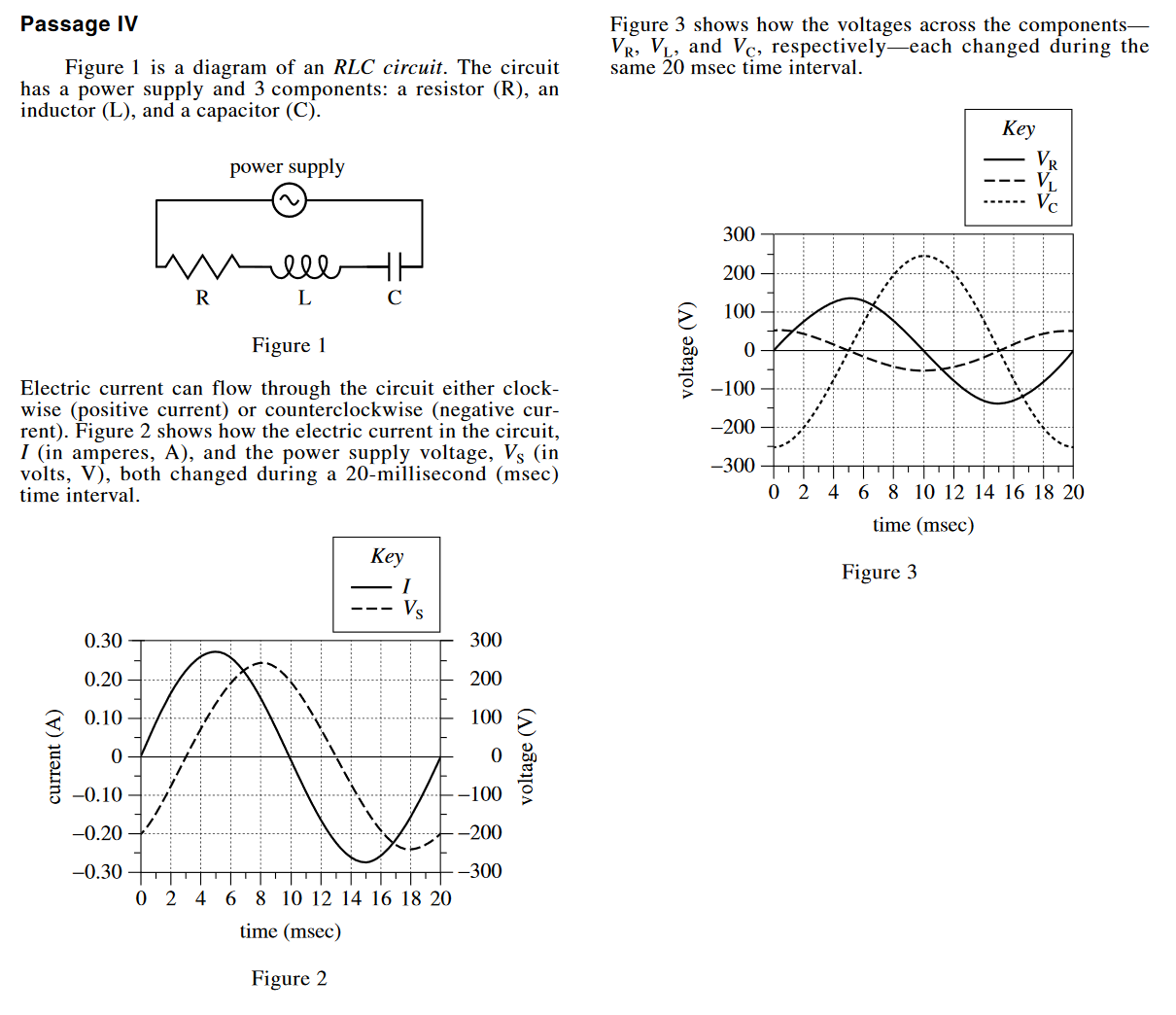
A quick scan reveals that this passage involves circuits. The first graph shows current (A) and voltage (V) over time; the second graph shows different types of voltages over time.
Now let’s look at one of the related questions.

This question leads us to Figure 2, where we are looking for information about the keyword “Vs” (the dashed line). We can see that the maximum positive value of Vs occurs where the time equals 8 msec. The amount of voltage at that point is around 250 V, so the answer is C.
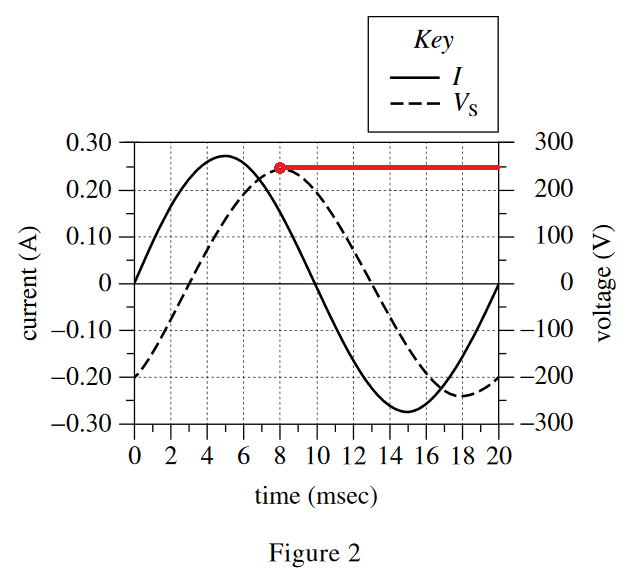
Notice that we didn’t have to have any prior science knowledge to answer this question, we simply had to make sure we were reading the correct figure, graph, and unit measurement.
4. Identify Your Specific ACT Science Weaknesses
Every student who takes the ACT Science test has their own set of test-taking strengths and weaknesses; our next ACT Science strategy is to identify your specific weak spots. This will come in handy when we explore how to improve your ACT Science weaknesses in our section on strategic practice.
Common issues for students taking the ACT Science test include:
- Timing Issues: You scored very well on every question you answered, but didn’t have time to finish, you’ll know that what you need to work on most is increasing your test-taking speed. (Because the ACT Science section is quite short, it is normal to have at least some trouble with timing.)
- Skills Issues: You are able to understand what questions are asking, but have trouble using the graphs, tables, or written explanations to answer the questions. What you most need to work on is improving your graph- or table-reading, or your reading comprehension skills.
- Interpretation Issues: You understand how to find the correct data, but have some difficulty understanding what the data means, or how to apply it. These issues are often especially prominent in the “Conflicting Viewpoints” passage, when you must determine which of a set of hypotheses or conclusions best interprets a given data set.
5. Practice Strategically
If you apply only one of our tips for how to improve your ACT Science score, this is the one you want to use. We truly can’t emphasize the importance of regular ACT practice enough. The more you practice, the more familiar you will be with the test, and the more likely you will get an outstanding score. But not all practice is created equal: to ensure maximum benefit, we recommend the following strategic 4-step plan.
1. Take a full practice ACT Science test
After you’ve spent some significant time reviewing ACT Science test structure and content and studying ACT Science strategies, take a practice ACT Science section, like one of the two below:
We recommend trying to imitate real-life testing conditions. Clear your workspace of everything except your testing materials. Set a timer for 35 minutes, and work through as much of the test as you can; stop when the time’s up, even if you’re not done. As you’re taking the test, put a star next to any questions you guess on. When the timer goes off, stop and circle every question you didn’t have time to answer.
2. Grade your practice test and read the answer explanations
Mark each question “right” or “wrong.” For each question (even the ones you got right), read over the answer explanations. Go over each possible answer choice and learn why it is right or wrong. You will, of course, want to pay special attention to the questions you missed to better understand how you went wrong. Use the links below to access Piqosity’s detailed answer explanations to previously published practice ACT Science tests:
- Science Answer Explanations from 2019-2021 ACT Practice Test
- Science Answer Explanations from 2015-2018 ACT Practice Test
3. Analyze the data, find your weak spots, and identify solutions
As we mentioned above, recognizing your knowledge gaps and test-taking weaknesses is a crucial part of figuring out how to improve your ACT Science score. As you continue to practice, you will want to continually assess whether your weaknesses are improving and whether you’ve identified new problem areas. Use your grading notes to draw conclusions about what you need to work on.
If your test taking weaknesses center around particular kinds of questions (as opposed to timing), Piqosity can help. Our ACT Answer Explanations categorize every question based on its type, helping you to get consistent and thorough practice. If your primary weakness is related to timing, our platform allows you to simulate a testing environment so that you can improve your performance in this area as well.
4. Target your weaknesses with practice
Once you know your weak spots, you’ll want to spend the majority of your study time focusing on those areas. This is where Piqosity’s 70+ content lessons and personalized practice options really come in handy—you can create practice tests which specifically target the areas where you most need improvement.
Of course, you want to make sure not to lose ground in your strongest subject areas. One helpful strategy is to divide your time more equally the closer you get to the test day. If, for instance, you had a month of prep time, you might spend the first week working exclusively on practice questions targeting your weakest content areas. In the second week you would continue working mostly in those areas, but by the end of the month you would spend equal time preparing for all of the content areas. (You might even take another full practice ACT Science test.)
Curious about the effectiveness of ACT prep? Read Piqosity’s deep-dive article: Does ACT Prep Work?
Test Practice with Piqosity: The Ultimate in ACT Science Strategies
Now that you have these ACT Science tips and strategies under your belt, it’s time to get studying! Whether you’re a student who wants to improve their ACT test taking skills, a teacher with multiple students wishing to give their scores a boost, or a tutoring company in need of a test prep LMS that really works, Piqosity has you covered with quality, affordable test prep materials.
Piqosity provides personalized practice test questions that help you address and improve upon your weaker test subject areas. Our software is engineered to help students study smarter, not harder. We offer a wide range of ACT prep materials, perfect for both tutored and self-guided ACT practice:
- 10 full-length ACT Practice tests
- Over 70 concept lessons, including tutorial videos
- Real-time Score prediction (both Composite and for each Subject)
- Interactive interface allowing teachers, tutors, or parents to assign and track student work
- …and much more!
More Educational Resources by Piqosity:


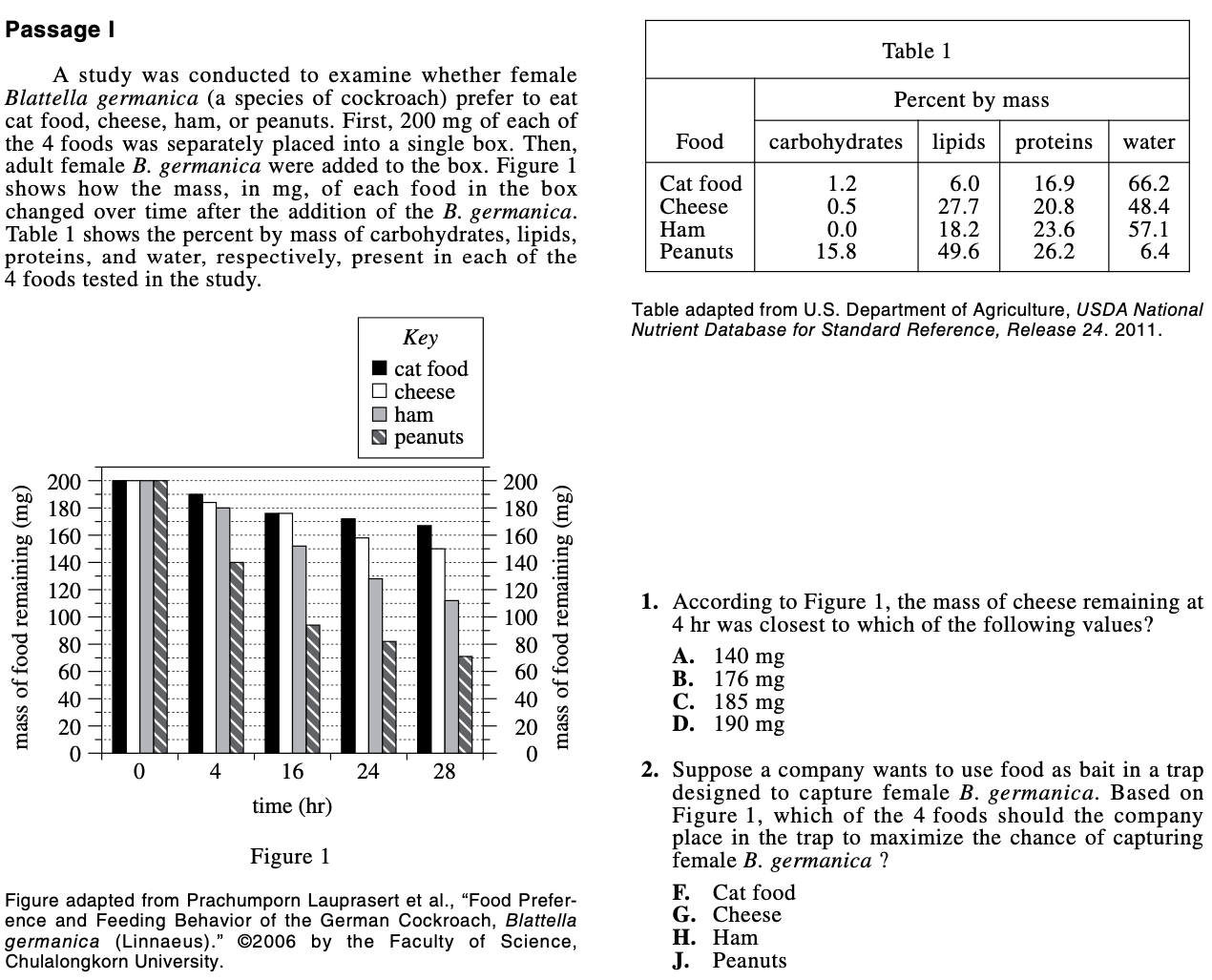
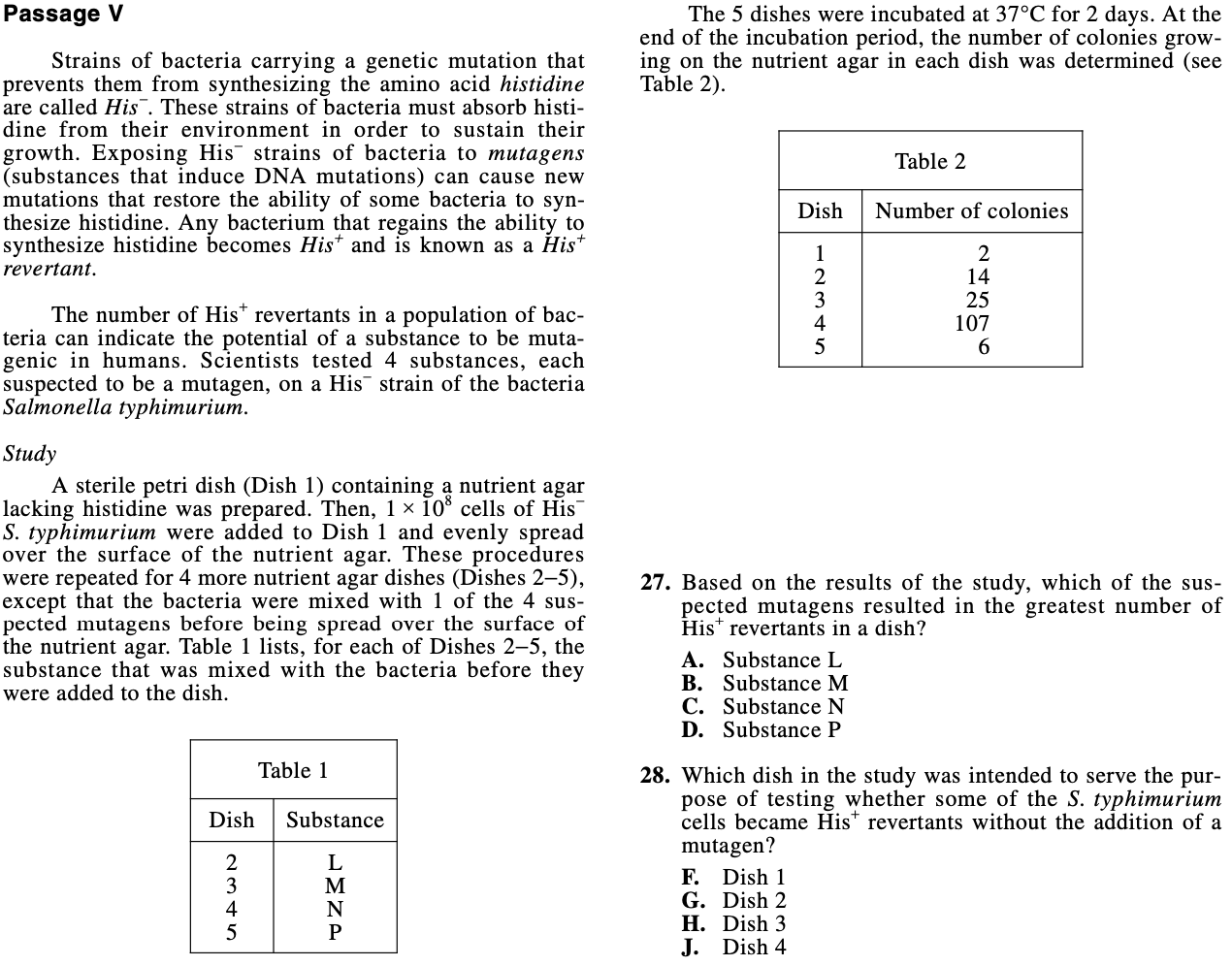
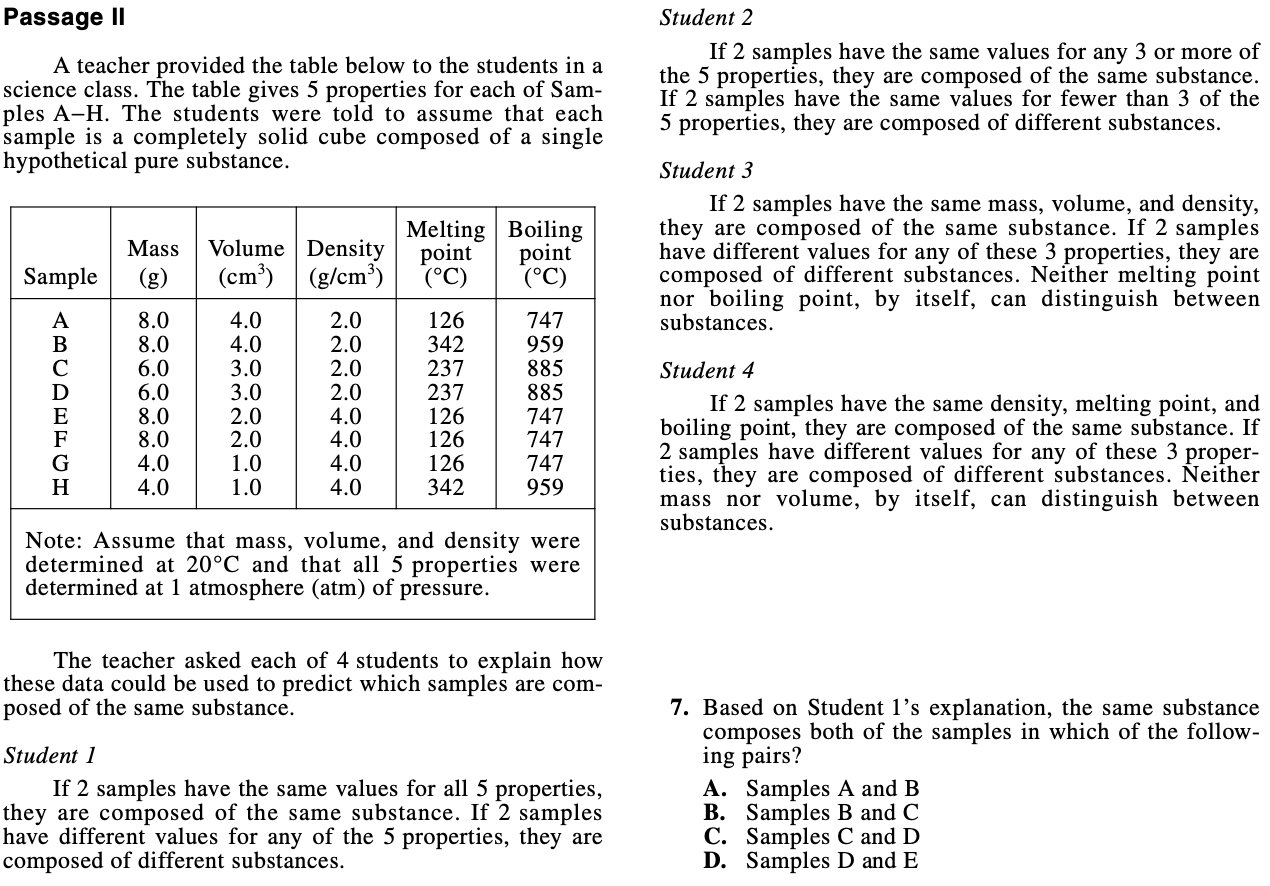

very helpful. Alot of time and though went into this. This passage made me look a things on different ways, well worth reading,